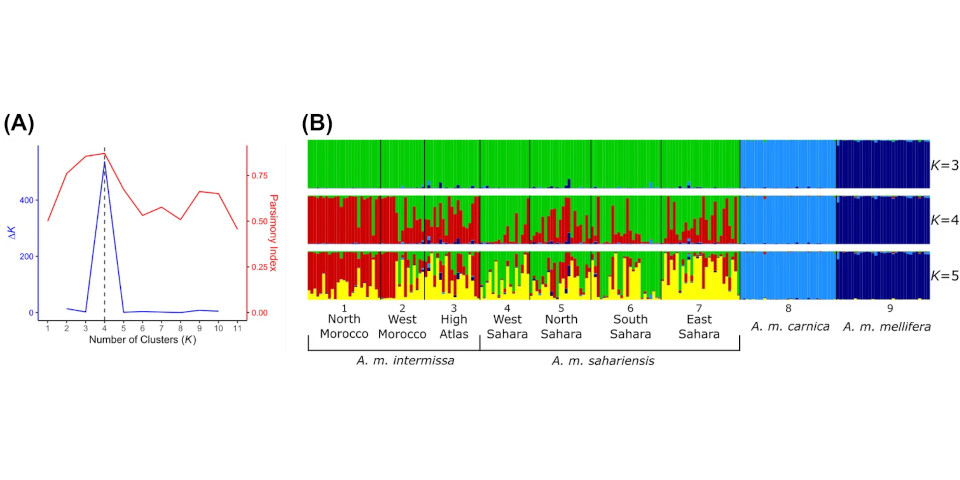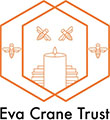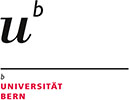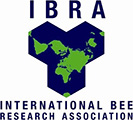Abstract – This study assessed the conservation status of the Saharan honey bee (Apis mellifera sahariensis) from southeastern Morocco using 12 microsatellite loci to examine genetic diversity and hybridization with other subspecies. Samples from 148 colonies were clustered into seven populations representing the expected distribution of A. m. intermissa and A. m. sahariensis, and reference samples from two European subspecies, A. m. carnica and A. m. mellifera, were included. Moroccan honey bees showed higher genetic diversity than European reference samples, and genetic structure analysis revealed two distinct clusters in Morocco separated by the High Atlas Mountains (FST = 0.05). Although high rates of hybridization with A. m. intermissa jeopardize the genetic integrity of the Saharan honey bee, no evidence of introgression was detected from the European reference subspecies. Additionally, we found that the probability of assignment to Saharan subspecies decreased with increasing human management intensity and precipitation. These findings are important for developing a conservation strategy for the Saharan honey bee in Morocco.
2404 Members
127 Countries!
127 Countries!




